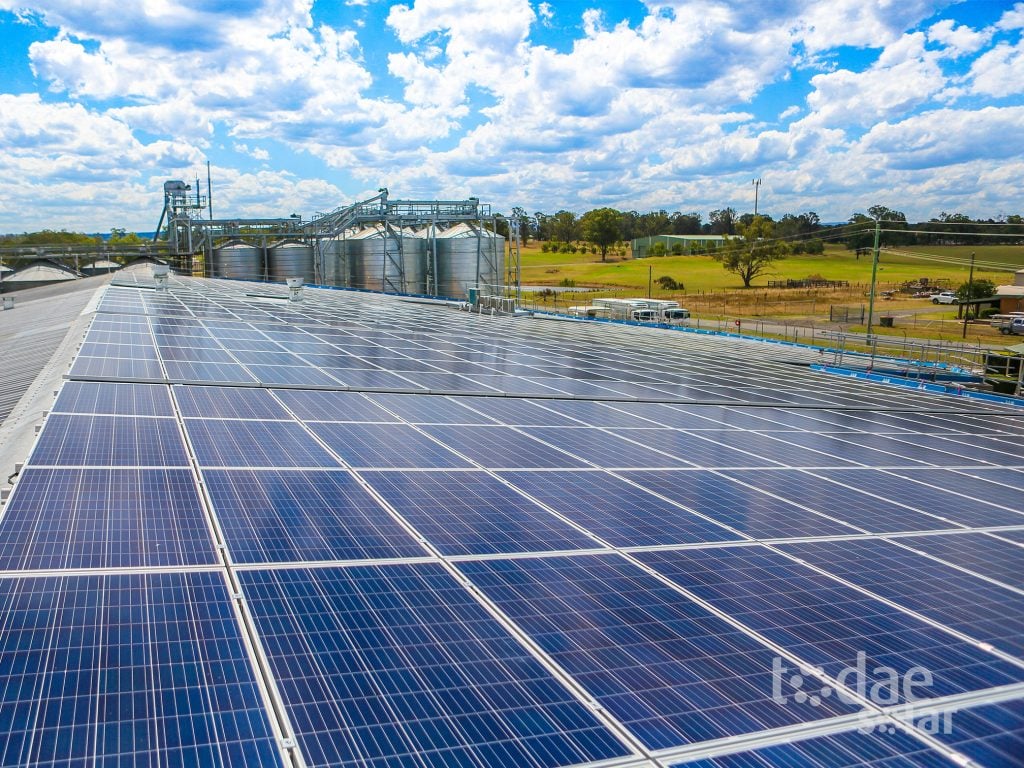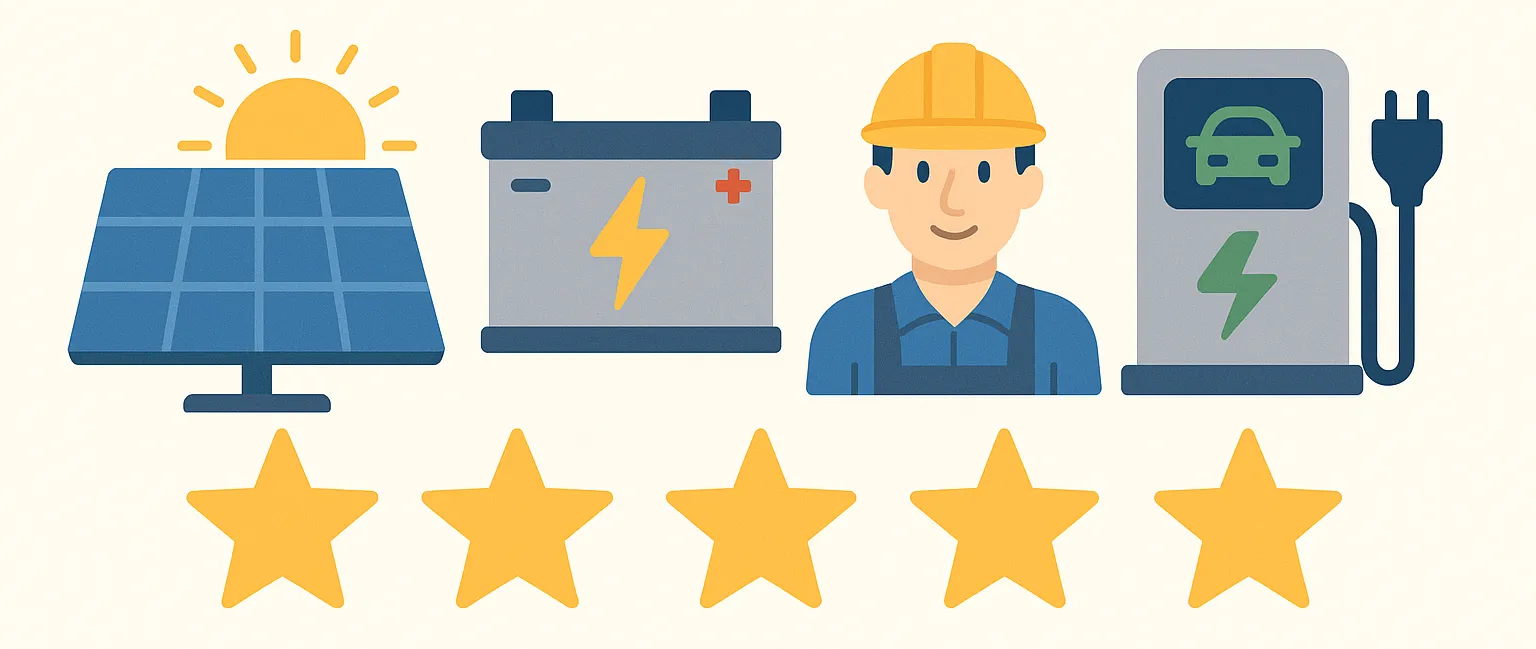With the recent news that January was one of the hottest months ever recorded in Australia, it’s no surprise that there’s been enormous pressure on the grid to provide consistent, reliable energy.
The Bureau of Meteorology on Friday reported that Australia experienced its hottest month on record, in terms of mean, maximum and minimum temperatures.
This put an immense strain on the Australian Energy Market Operator (AEMO), which was recently put to the test when extreme heat across Victoria and South Australia combined with coal power outages.
During the heatwave, businesses and households were warned to expect ongoing power outages as AEMO dealt with managing electricity supply and protecting power systems.
In the days before Australia Day, parts of Victoria reached 47°C, the hottest day for the state since Black Saturday. Bushfires as extreme as those experienced in February 2009 weren’t seen. However, AEMO did have to rely upon its emergency power supply of over 1,000MW. Coincidentally, this gigawatt of power is the equivalent amount of power that the Yallourn and Loy Yang A coal power stations would have provided, had they not partially failed.
While temperatures in New South Wales didn’t reach the same heights as those recorded in Victoria and South Australia, the grid still experienced a considerable strain.
Before temperatures peaking at almost 38°C in Sydney on Thursday, two coal-fired power stations suffered broken generators. Due to these problems experienced at the Liddell and Eraring coal power stations, approximately 1,300MW of power was unavailable.

Households and businesses in Sydney’s east also experienced the shortcomings of Australia’s current energy systems, with approximately 45,000 customers being affected by a power outage for over an hour on Thursday.
Unreliable energy from coal-fired power stations during periods of record temperatures highlights that they aren’t the long term solution to Australia’s growing energy demands. Furthermore, energy from fossil fuel is becoming less financially viable, with a recent study outlining that renewables are the cheapest source of new-build energy.
As coal-fired energy solutions have recently failed, renewables and solar power have flourished. During the peak of the heatwave in South Australia on the 25th of January, the state’s energy was sitting at 44% renewables.
Furthermore, on the 24th of January, the Australia Institute reported that NEM (National Electricity Market) states experienced a total peak reduction of 2,769MW due to rooftop solar.
As summers are getting longer and heatwaves as widespread as this are becoming more frequent, Australian’s are spending more and more to stay cool. However, 2018 was a landmark year for solar investments, with businesses and households contributing to a 33% growth in Australian rooftop solar.

As uncertainty over electricity prices reign supreme, investment into renewables provides reliable energy, as well as environmental and cost-saving benefits.
If your organisation has been feeling the heat this summer, click on the link below and fill out a free consultation form to see the energy savings commercial solar power can provide you.
